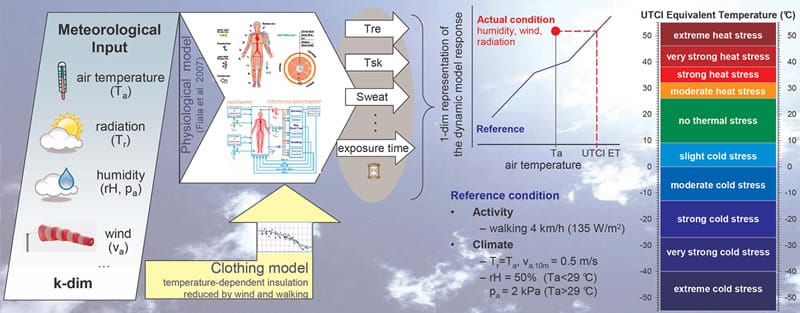Ensuring adequate ventilation in the workplace through regulated inspections
Poor indoor air quality can result in serious and minor health issues, reduced productivity and increased absenteeism of employees. It can be caused by a great range of factors, including:
Bacteria and microorganisms in the ventilation system
Ozone and radiation from copiers and building insulation
Off-gassing and emissions from carpets, cleaning compounds, glues, and particle board
Carbon monoxide from traffic, smoking, and over-occupied or poorly ventilated areas
Moisture due to high humidity, leaks, or water damage
Machinery.
Often, poor ventilation can only be targeted as a source of the issue if a risk assessment within the work environment is conducted. A risk assessment, by a suitably qualified authorised inspection authority (AIA) will assist in the identification of poorly ventilated environments. Simplistically this would include:
Identifying rooms with non-openable windows and doors.
Considering the spaces that become overcrowded, feel stuffy or smell bad.
In order to identify inadequate ventilation, the use of a CO2 meter should also be considered.
General ventilation
All workplaces need an adequate supply of fresh air This can be natural ventilation, from doors or windows, or controlled, where air is supplied and/or removed by a powered fan. In an office or shop, natural ventilation will normally be enough to control dusts and vapours from cleaning materials. In workshops and factories, however, powered general ventilation is an integral part of a set of control measures.
Local exhaust ventilation
Local exhaust ventilation (LEV), or extraction, is an engineering control solution to reduce exposures to dust, mist, fume, vapour or gas in a workplace. These points are worth noting:
Use a properly designed LEV system that will draw dust, fume, gases or vapour through a hood or booth away from the worker
An extraction system should be easy for workers to use and enclose the process as much as possible
It should effectively capture and contain the harmful substance before it is released into the working environment
Air should be filtered and discharged to a safe place
The system should be robust enough to withstand the process and work environment. It is important to maintain it and undertake tests to ensure it is working effectively.
In 2019, Director of the Healthy Buildings program and an Associate Professor at Harvard’s T. H. Chan School of Public Health, Joseph Allen headed up a team that examined the long-term impacts of indoor air quality by tracking the physical and cognitive health of more than 300 office workers in 43 buildings in six countries over the course of 12 months. They mailed each worker a wristband to monitor their physiology and a small sensor to continuously measure levels of fine particulates and CO2 in their workspace. The studies showed that in offices across the world, poor ventilation, CO2, and particulates (which carry VOCs) conspire to significantly impair cognitive function.*
“The new focus on indoor air quality could help hasten the end of the current pandemic and perhaps even help forestall the next one.”*
AIA inspections
Ensuring that workplaces are adequately ventilated can be determined and measured by requesting a registered AIA, such as Strat Environment, to conduct a regulated and approved inspection. The results will be reported on and appropriate recommendations will provide a structured and strategic course of action. Strat Environment develops and maintains occupational hygiene monitoring programme for companies and recommends the necessary control measures for them to remain compliant with current legislation surrounding the improvement of ventilation systems.
Strat Environment evaluates the current control measures in place and provides recommendations to control any ventilation issues. The company provides recommendations regarding the type of ventilation system required but is not involved in supplying ventilation devices. Choosing better materials and improving ventilation, filtration, and air processing can help make buildings healthier.
*(Source: https://www.science.org/content/article/scientist-says-cleaning-indoor-air-could-make-us-healthier-and-smarter)


